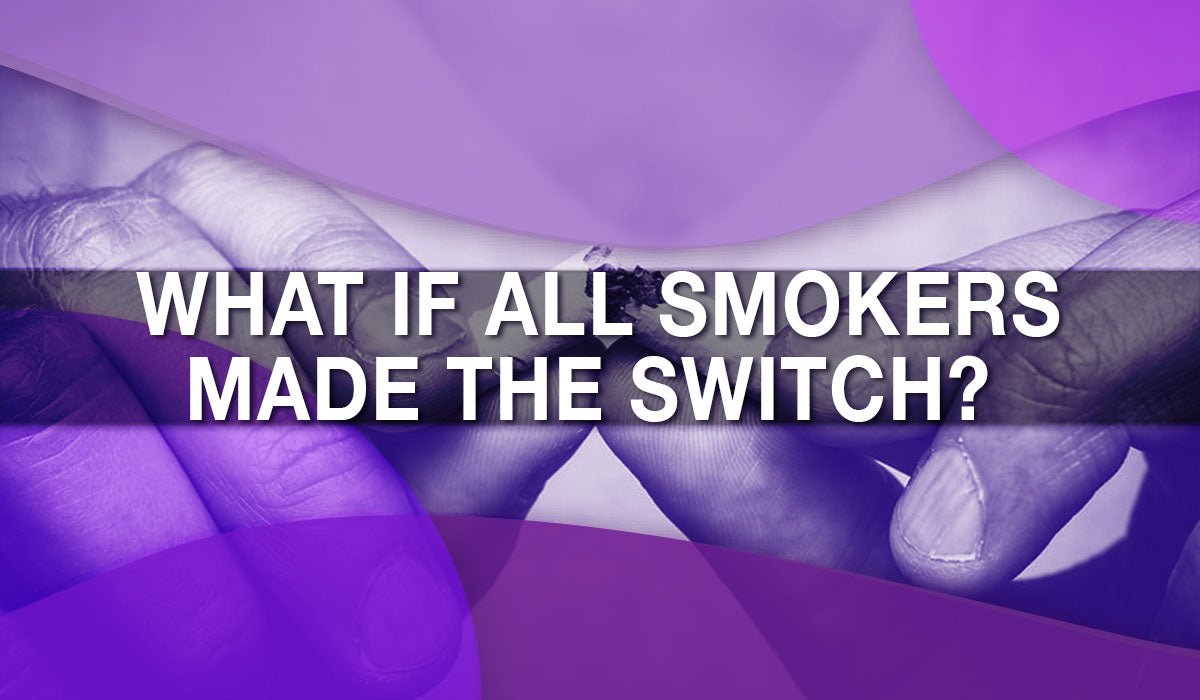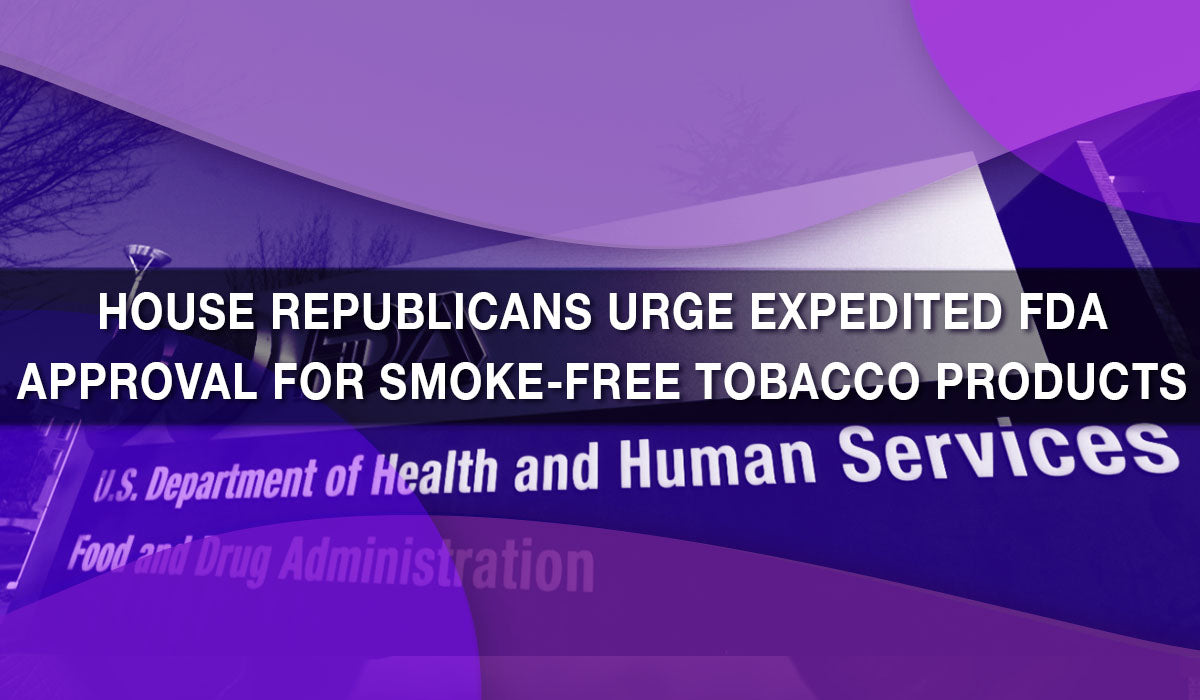
What if All Smokers Made the Switch?
A study by the American Consumer Institute (ACI), a non-partisan think tank, has examined the potential of nicotine vaping in a recent study. Titled, Transition from to Tobacco to Vaping the Health Impacts by State, you can find the study overview here.
The ACI’s stated purpose was straightforward but groundbreaking in the current US regulatory environment:
The report provides a pivotal analysis of the potential of alternative nicotine products to significantly reduce the use of combustible tobacco products and how this would impact smoking deaths in the United States.
On a state-by-state level, they examined what the impact would be if, “E-cigarettes replace traditional smoking nationwide.”
The ACI noted that vaping has fared quite well against nicotine replacement therapy (NRT) in previous studies. This has been demonstrated in gold standard and peer reviewed studies in high impact journals including the New England Journal of Medicine in 2019 and the Cochrane Review this winter.
Crisis Averted?
According to the ACI, getting every smoker to vape could prevent roughly 300,000 deaths annually in the US. With vaping commercially viable for over a decade, that would equate to 4 million lives saved since 2010 by their estimation. Note that this is not a therapeutic claim promoting a specific product or product type, but simply weighing in on the science.

Public Health Impact
Unfortunately, flavor bans and tobacco industry sponsored legislation reduced adult access to vaping products. A wave of PMTA Registry laws, sponsored by the tobacco industry, have swept the US. We outline this shameless lobbying in our feature article: The Big Lies of Big Tobacco. These laws were made in pursuit of a future quite different from the one envisioned in this ACI study.

Flavor Bans Increase Cigarette Sales
A recent study, funded by the FDA, shows that flavor bans increase cigarette sales.
This corresponds with the ACI’s findings, as their report demonstrates how taxes and flavor bans only encourage smoking.

Not only are flavor bans especially foolish, but they target the products adult smokers prefer.

As the table above shows, fruit and beverage inspired flavors are preferred by vapers of all ages. In fact, these artificial flavor profiles are popular in every consumable item on the US market.
The ACI further argued that:

Vape Flavor Fallacy
Countless studies have shown flavored vapes, i.e., those with artificial fruit, dessert, and beverage flavors, are preferred over those with artificial tobacco flavors. But you need not look that far afield, as the American Vapor Manufacturers were able access the “confidential” and internal FDA statistics on flavor preferences.

Vape Flavor Fixation
ACI also acknowledges the FDA’s missteps with banning flavors, comparing it to the vastly different approach in the UK.

ACI even addresses the “gateway effect” but sees it as the opposite as public health, showing that adults go from smoking to vaping- and that corresponding declines in underage cigarette consumption have also occurred.

The findings presented in the report serve as a critical reminder of the importance of examining innovative approaches to public health challenges.
Ignoring a growing body of evidence hampers progress. Stakeholders in public health should be prioritizing policies that safeguard the well-being of individuals and communities. The time to act is now, and by harnessing the power of science, we can pave the way towards a healthier future for all.









Leave a comment
This site is protected by hCaptcha and the hCaptcha Privacy Policy and Terms of Service apply.